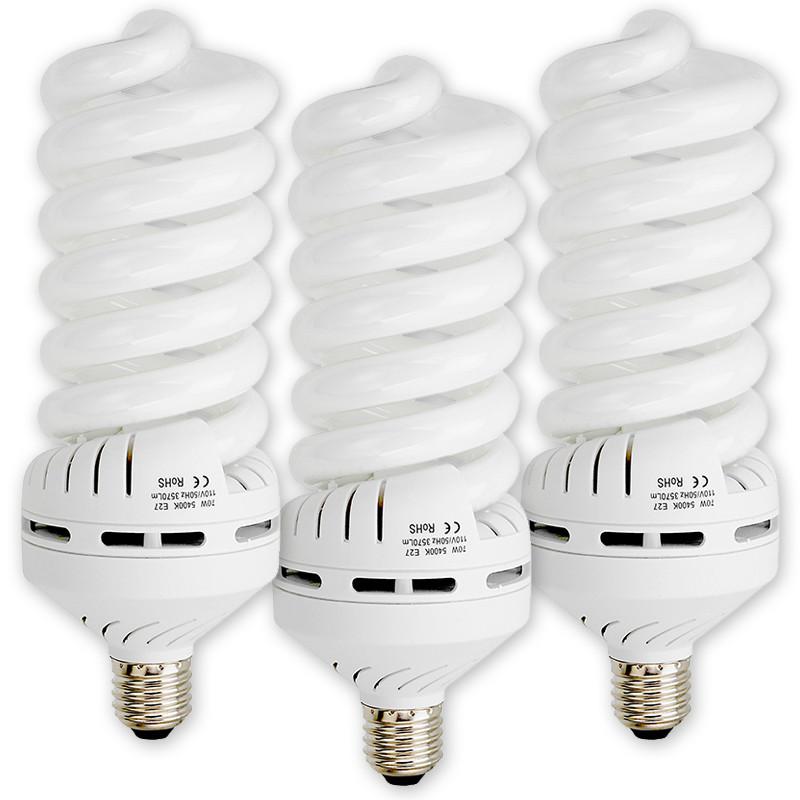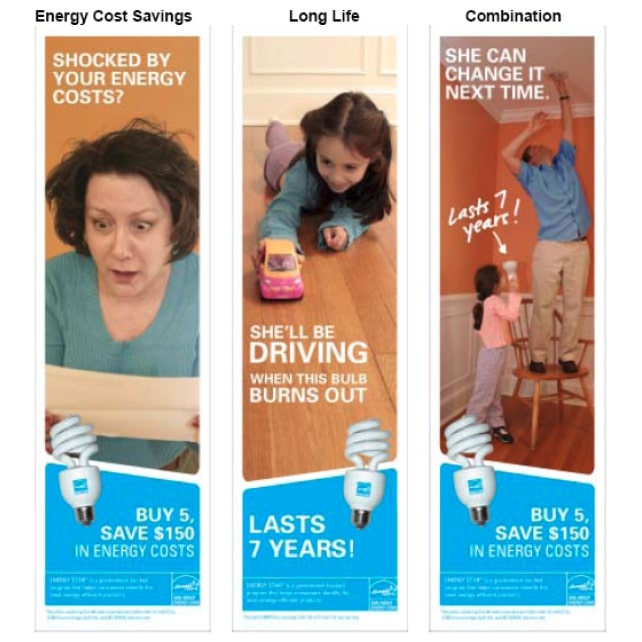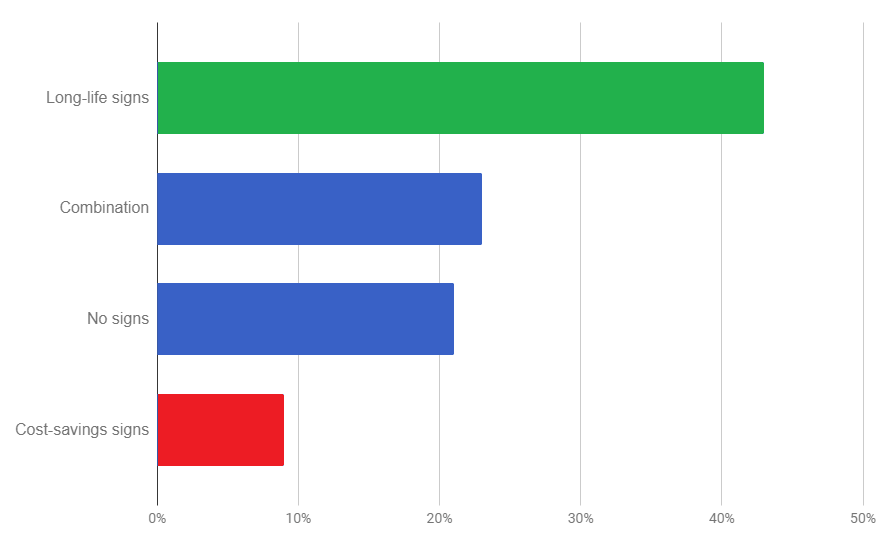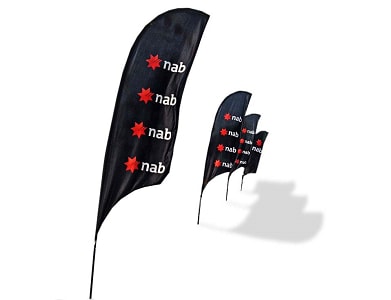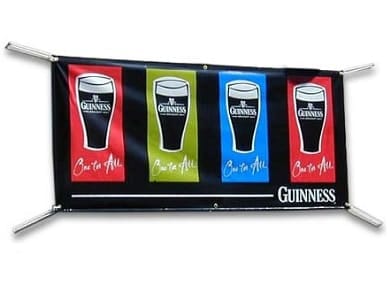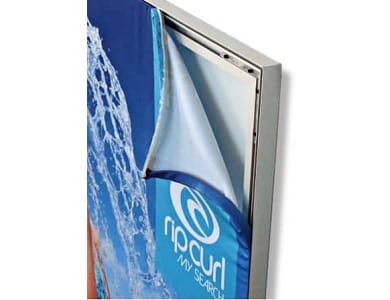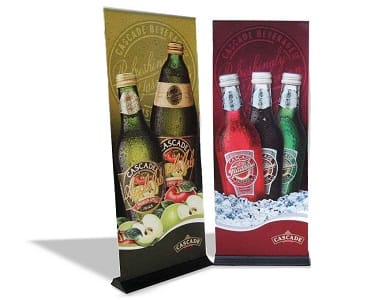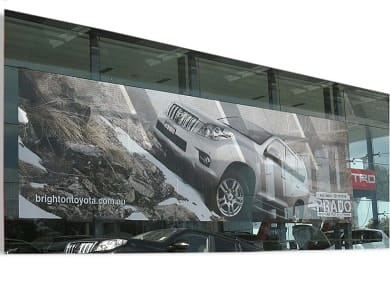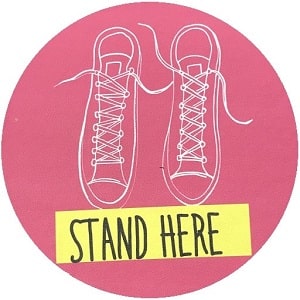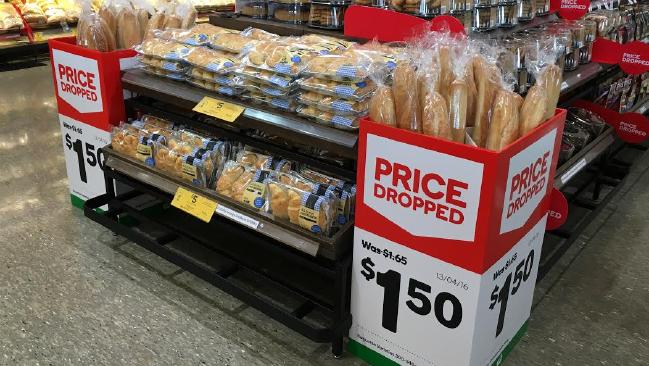
When it comes to promoting a product at the point of sale, most businesses and organisations allocate a certain amount of their marketing budget to signage. Do these point of sale signs actually contribute to an increase in sales? That is the goal of this study.
Research in social psychology suggests that POS signs can increase sales. Studies have also found that consumers make more than 70% of their retail purchase decisions in stores which increases the importance of POS signs.
The primary goal here is to find out whether point of sale (POS) signage can:
- Increase retail sales.
- If they do increase sales, how effective are they in doing so.
The study
The product used in this study will be light bulbs.
In this study, we will look at whether point of sale signs can increase sales of these light bulbs. Sales of light bulbs will be compared with the same period from last year.
The team tested three different signage designed using social psychological principles for three weeks in 109 stores across the country. 36 stores were used as the control group.
Here is a breakdown of the process of this study:
- Step 1: Select signage messages to test.
- Step 2: Design signage to convey those messages effectively at the point of sale.
- Step 3: Produce and install the signage in the selected retail stores.
- Step 4: Compare light bulb sales when signage was present and when it was not.
Step 1: Selecting the message for the signage
The team reviewed market research done on the sales and marketing of light bulbs. They also consulted with industry experts and identified two sales messages that were the most effective and they are long-life and cost-savings. The team will also test a third message which will be a combination of both long-life and cost-savings.
- Message 1: Long-life
- Message 2: Cost-savings
- Message 3: Combination of both long-life and cost-savings
Step 2: Designing the signage
Social psychology was applied to the signage design to ensure each of the signage was communicated in the most efficient manner to the consumers.
| Message Type | Explanation | Example |
|---|---|---|
| Loss Framing | People dislike losses more than they like gains and respond more strongly to loss-framed messages. | You’re losing $100 every year you keep that old fridge. |
| Social Proof | People take cues from others. The more like us others appear, the greater their influence. | Find out why all your neighbours are buying this fridge. |
| Authority | Most people will follow authority and are very sensitive to authority and its symbols. | Four out of five dentists surveyed recommend this toothpaste. |
| Contrast Effect | Almost all judgements are comparative. The more recent the reference point, the stronger the influence. | Competitor A price $5700. Ours only $499. |
| Scarcity | The scarcer a product is, the more people want it and feel a strong compulsion to act quickly and decisively. | 10 sold in the last 24 hours. 2 more left. |
| Prompts | The closer in space and time, the more effective the reminder. | A car’s automatic beeping when a driver’s seatbelt is not fastened. “Switch me off” stickers on light switches.. |
Additionally, to grab the consumers’ attention, the signs were produced in larger sizes.
Here are the three signage designs that were used in the experiment.
- Message 1 (left) – Energy cost savings
- Message 2 (centre) – Long-life
- Message 3 (right) – Combination of both energy cost savings and long-life
These signs would then be placed next to the light bulbs in each store’s aisle.
Step 3: Installing the signage
The signs were mounted in the light bulb aisle of 109 retail stores. 40 of them had signage on long-life messages, 28 had signs with cost-savings messages and the remaining 41 had signs that combine both long-life and cost-savings messages. The last and fourth group of 36 stores had no signs at all and these stores served as controls.
Total stores in the experiment: 145 stores.
- Stores with long-life signs: 40 stores.
- Stores with cost-saving signs: 28 stores.
- Stores with a combination of both long-life and cost-saving: 41 stores.
- Stores with no signs: 36 stores (control group).
To ensure that the signs were viewed by as many shoppers as possible, they were installed immediately next to the light bulbs in the light bulb aisle.
Here are the results
The chart shows the increase in sales.
The winner
- (Winner) Long-life signs: 43% increase in sales
- Cost-saving signs: 9% increase in sales
- Combination: 23% increase in sales
- No signage: 21% increase in sales
Bottom line and four of our takeaways
Here are four of our takeaways:
- Takeaway 1: Average unit sales in stores that had any of the three signage increased between 9% and 43% compared to 21% for the stores with no signage.
- Takeaway 2: This is the most important one. Stores with the long-life signage, sales increased by 43% compared to 21% in the control group.
- Takeaway 3: Neither the stores with cost-savings and combination signage significantly outperformed the control group. The stores with the cost-savings sign actually underperformed the control group at an average of 9% increase in sales vs 21%.
- Final takeaway – A compelling point of sale signage design with the right message does contribute to a significant increase in sales.
So can POS signage increase sales?
Yes!
The key here is to:
- Survey your customers’ pain points with market research.
- Design a signage that grabs the attention of your customers at the point of sale.
- Apply social psychology to craft a targeted message that speaks to your customers at the point of sale.
Our range of retail signage
The full research can be found here: http://aceee.org/files/proceedings/2008/data/papers/7_495.pdf
